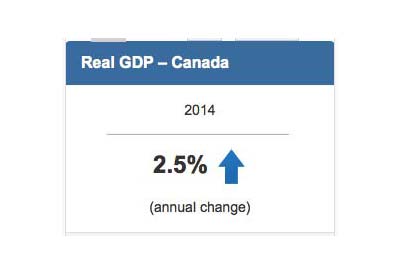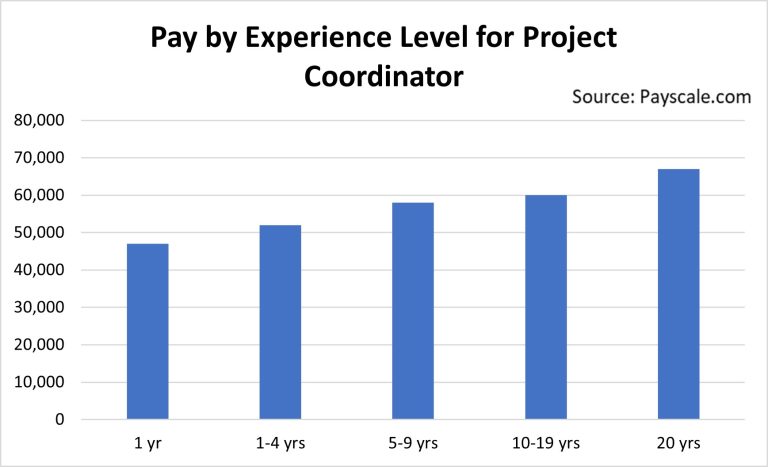Copper Prices — Like Playing With a Yo-Yo

August 31 2016
Jim Williams
Copper prices fell to eight-week lows in early morning trading last week as rising inventories in Asian warehouses fueled fears about weaker demand to come in top consumer China.
Stocks of copper in LME-approved warehouses have risen by more than 50,000 tons since Aug. 11, to 254,700 tons, with much of the increase happening in South Korea and Singapore.
“The huge inventory rise in Asian warehouses suggests China is exporting its surplus and we’ve some pretty strong copper export numbers,” said Société Générale analyst Robin Bhar. “A surge in mine supply in the first half of the year has translated into excess refined metal.”
Exports of unwrought copper and copper products from China jumped to 75,022 tons in July. This was more than five times the rise from the same month last year.
While South Korea and Singapore are loading up on copper, it looks like China is taking in less.
Based on customs data released out of China on August 24, the world’s largest copper consumer is importing less of the red metal. On a net basis, China’s imports of copper dropped to the smallest amount since April 2013.
With the price of copper dropping 0.8% to settle at US$2.14 per pound, the metal is up just 0.1% this year. Three-month copper futures in London erased all of this year’s gains to lag behind the five other main base metals in 2016. Those numbers support a theory that copper could be the only major metal to post a loss this year thanks to the highest stockpiles in almost seven months.
“Increasing inventories is never a good thing for prices,” said Mike Dragosits, a senior commodity strategist at TD Securities in Toronto. “The muddling along in the Chinese growth certainly doesn’t say great things about copper, which we think is a bit of an oversupplied market at this point.”
Activity may have been subdued ahead of anticipation of Fed Chair Janet Yellen’s speech last Friday at the Kansas City Fed’s 2016 Economic Symposium from Thursday to Saturday.
“There is some confusion as to what the Fed will do. Some economic numbers have been stronger, so the latest thinking is perhaps they will move in September as opposed to December,” said INTL FCStone analyst Edward Meir.
Higher U.S. rates could potentially mean a stronger U.S. currency, which makes dollar-denominated commodities like copper more expensive for non-U.S. firms.
“Watching commodities on a day-to-day basis is often like looking at a hyper yo-yo – they move all over the place,” states tED contributor Andrew Hecht from Seeking Alpha. “While speculative interest in the highly leveraged futures and futures options markets influence short-term moves, it is supply and demand that eventually establishes the path of least resistance for prices of most raw materials.”
Jim Williams is a columnist for tED Magazine, where this article first appeared, www.tedmag.com.
Editor’s note: In his coverage of Yellen’s speech, Eric Lascelles, Chief Economist at RBC Global Asset Management Inc., reported in The Globe & Mail that she delivered a hawkish message, observing that the case for rate hikes “has strengthened in recent months.” Not exactly breaking news, continues Lascelles, but a strong indicator that September may be the month for a rate hike. Read the full article: http://www.theglobeandmail.com/report-on-business/rob-commentary/yellens-hawkish-message-adds-weight-to-rate-rumblings/article31576196/.











